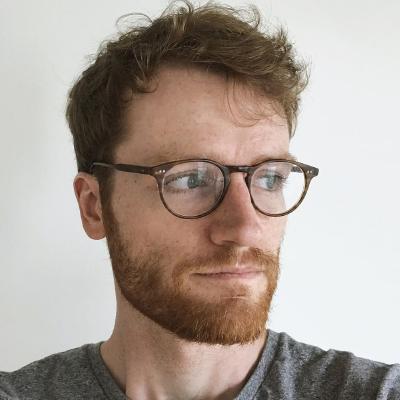Hi!
I am trying to create a simple “baked” model engine in lwjgl. I tried this idea in Game Maker, and it worked perfectly, but I cannot seem to replicate it in Java.
The idea:
-Have your normal scene draw as it would
-Draw a second scene to an image (this scene would draw your baked model, but at the same camera position)
-Overlay the second scenes image ontop of the normal scene (with a blendmode that multiplies the colors)
What I already have done in java:
What I want to have as a desired effect:
The first two pictures represent scene 1 and scene 2.
I need to figure out how to draw scene 2 ontop of scene 1, and blend its colors in.
To do this, I would need to figure out how to save scene 2 to a surface (image) of some kind. But then I still wouldn’t know how to overlay it, and use blend modes.
Any ideas?





